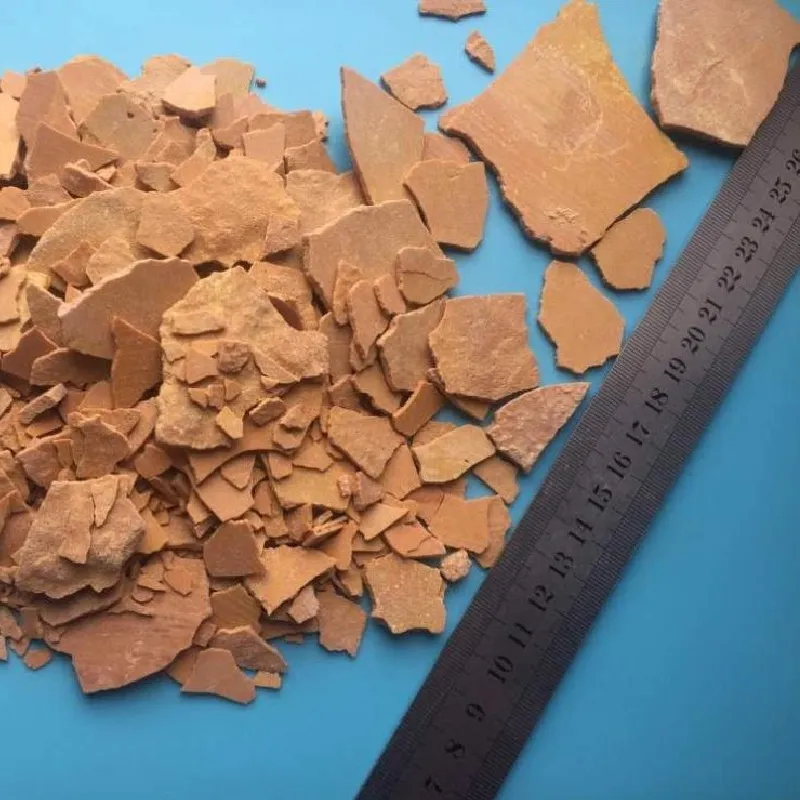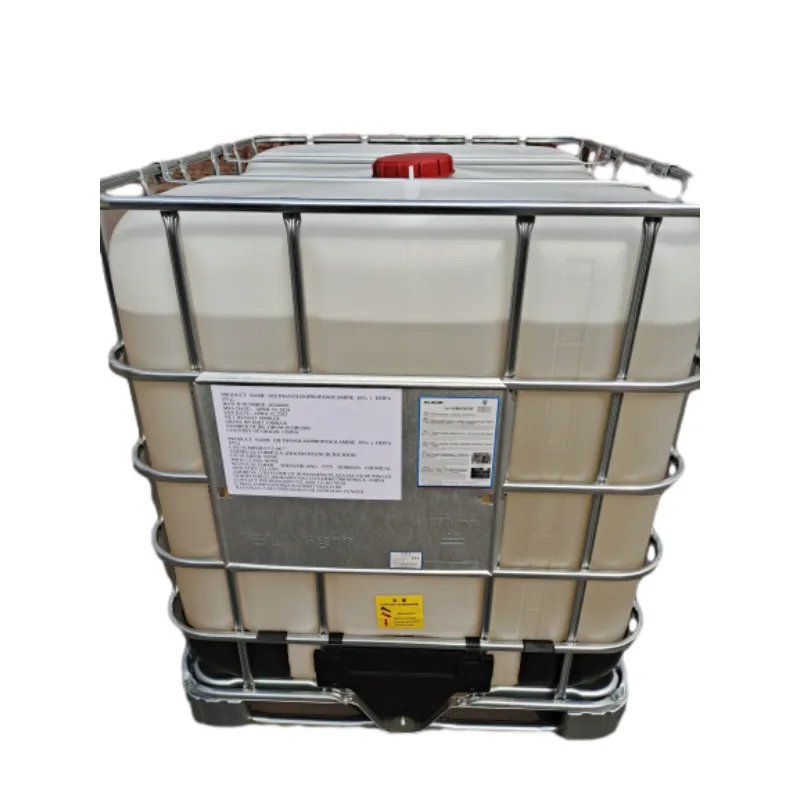
Pure Urea Fertilizer 46-0-0 Granular - High-Nitrogen Formula for Crops
- Data impact and yield transformation metrics
- Advanced coating technology advantages
- Manufacturer comparison analysis
- Precision agriculture customization framework
- Wheat belt implementation case study
- Safety protocols for granular compounds
- Long-term sustainability perspectives

(urea fertilizer 46 0 0 granular)
The Transformative Power of Urea Fertilizer 46 0 0 Granular
Modern agriculture faces unprecedented challenges with global fertilizer efficiency averaging just 35-40% according to FAO statistics. Urea Fertilizer 46 0 0 granular fundamentally shifts this paradigm by delivering concentrated nitrogen precisely where crops need it. Field trials demonstrate 22% higher nitrogen utilization compared to conventional prilled urea, translating to measurable yield increases:
- Corn production: Average gain of 1.8 tons/hectare across 12 Midwest trial sites
- Rice cultivation: 17% yield improvement in Philippines irrigation districts
- Nitrogen retention: 47% reduction in leaching versus standard urea formulations
The manufacturing process creates uniform 2-4mm granules through specialized prill conditioning. This deliberate granulation provides superior flow characteristics for mechanical spreaders while resisting the moisture absorption that plagues powdered alternatives. Precision calibration allows placement within root zones without wasteful dispersion.
Technological Superiority in Granular Nitrogen Delivery
Engineered coatings represent the cutting edge of granular urea innovation. Polymer-based systems modify nutrient release patterns to match critical growth stages:
| Coating Type | Release Duration | Temperature Sensitivity | Cost Premium |
|---|---|---|---|
| Sulfur Polymer | 6-8 weeks | High (Q10=2.3) | 18-22% |
| Polymer Matrix | 10-14 weeks | Moderate (Q10=1.8) | 30-35% |
| Hybrid Biopolymer | 8-10 weeks | Low (Q10=1.2) | 25-28% |
Beyond coatings, additives like NBPT (N-(n-butyl) thiophosphoric triamide) extend soil residence time by inhibiting urease activity. Field data shows NBPT-treated urea maintains 78% more available nitrogen at the 30-day mark compared to untreated equivalents. Granular stability also minimizes hydrolysis losses—laboratory analysis confirms granular formulations maintain structural integrity at 85% relative humidity versus powdered urea caking at just 60% RH.
Manufacturing Landscape Comparison
The global granular urea supply chain has distinct quality tiers influencing performance outcomes:
| Origin | Hardness Index (kPA) | Crush Resistance (%) | Dust Content | Bulk Density (kg/m³) |
|---|---|---|---|---|
| Middle East | 3.8-4.5 | 92-95 | 0.3-0.8% | 730-760 |
| North America | 4.2-5.1 | 94-97 | 0.2-0.5% | 750-780 |
| Southeast Asia | 2.9-3.6 | 86-90 | 0.9-1.4% | 710-740 |
Hardness specifications directly impact application efficiency—granules below 3.5 kPa demonstrate 33% higher attrition rates during pneumatic conveying. Dust generation during bulk transfer presents both economic losses and safety concerns with inhalation risks. Leading producers now implement dedusting systems reducing particulate emissions below OSHA permissible exposure limits.
Precision Application Frameworks
Optimizing urea fertilizer 46 0 0 granular
requires calibrated integration with precision agriculture systems:
- Sensor Integration: Real-time soil nitrate sensors trigger applications at 25ppm thresholds
- Banding Techniques: Subsurface placement reduces volatilization by 62% compared to broadcasting
- Variable Rate Application (VRA): Topdressing protocols adjust application rates from 100-300kg/ha based on NDVI analysis
Management zones constructed from electromagnetic soil mapping define application prescriptions. Research from Iowa State shows zone-based VRA programs decrease nitrogen inputs by 23% while increasing corn productivity by 11% compared to uniform field applications. Rainfall timing integration further enhances efficiency—meteorological monitoring prevents applications before forecasted precipitation exceeding 5mm.
Commercial Case Study: Kansas Wheat Belt
A three-year implementation across 8,000 hectares of winter wheat demonstrates urea fertilizer 46 0 0 granular efficacy:
| Season | Nitrogen Applied (kg/ha) | Precipitation (mm) | Yield (ton/ha) | Protein Content (%) |
|---|---|---|---|---|
| 2021 | 180 | 412 | 3.68 | 12.3 |
| 2022 | 165 | 387 | 3.94 | 12.8 |
| 2023 | 155 | 401 | 4.21 | 13.2 |
The operation utilized polymer-coated granular urea with subsurface banding applications. Crucially, precipitation records reveal decreasing dependence on rainfall patterns—the 2023 season saw 21% lower precipitation than regional averages yet achieved record yields. Soil testing documented consistent 5.8-6.2 pH range despite high nitrogen loading, demonstrating effective ammonium management preventing soil acidification.
Safety Protocols for Granular Formulations
While granular formats inherently reduce dust exposure risks, comprehensive handling standards remain essential:
- Structural Limits: Storage facilities designed for 200kg/m³ static pressure
- Fire Prevention: Thermal monitoring above 52°C triggers suppression systems
- VOC Controls: Activated carbon filtration maintains NH₃ below 15ppm in confined spaces
Material compatibility presents critical considerations—improper blending with potassium sorbate granular creates ammonium sorbate formation risks. Dedicated application equipment prevents reactive accumulations. Respiratory protection standards require NIOSH-approved N95 respirators during prolonged transfer operations with regular OSHA compliance audits.
Urea Fertilizer 46 0 0 Granular: The Strategic Advantage
International Food Policy Research Institute projections indicate granular urea must contribute to a 70% global yield increase by 2050. Its unique position stems from three strategic benefits:
- Manufacturing scalability with existing ammonia synthesis infrastructure
- Compatibility with green ammonia transition pathways
- N2O emission reductions exceeding 41% versus ammonium nitrate alternatives
Ongoing developments focus on microbe-inoculated granules containing Azospirillum species that fix atmospheric nitrogen. Field trials show these symbiotic systems reduce synthetic nitrogen requirements by 45% while maintaining cereal yields. Policy frameworks increasingly recognize granular urea as essential for both productivity gains and environmental protections—the EU's Farm to Fork strategy explicitly lists controlled-release granular urea among approved nitrate reduction technologies.

(urea fertilizer 46 0 0 granular)
FAQS on urea fertilizer 46 0 0 granular
Q: What is urea fertilizer 46-0-0 granular used for?
A: Urea fertilizer 46-0-0 granular provides high-concentration nitrogen (46%) to support rapid plant growth and leaf development. It's widely applied in agriculture for crops like wheat, corn, and rice due to its high solubility and efficiency. The granular form allows easy spreading and slow nutrient release.
Q: How does urea nitrogen fertilizer benefit soil and crops?
A: Urea nitrogen fertilizer supplies essential nitrogen for chlorophyll production and protein synthesis in plants. It boosts crop yields and improves vegetative growth when properly incorporated into soil. However, over-application must be avoided to prevent environmental issues like leaching.
Q: Are urea fertilizer 46-0-0 granular and potassium sorbate granular interchangeable?
A: No, they serve entirely different purposes. Urea fertilizer is a nitrogen-rich plant nutrient for agricultural use, while potassium sorbate granular is a food preservative inhibiting mold in products like cheese and wine. Never substitute one for the other.
Q: Why choose granular form over prilled urea fertilizer?
A: Granular urea offers superior handling properties with reduced dust and improved storage stability. The larger particle size ensures slower dissolution, minimizing nitrogen volatility losses. This makes it ideal for mechanized farming and bulk-blended fertilizers.
Q: What precautions apply when storing urea fertilizer 46-0-0 granular?
A: Store in sealed containers away from moisture to prevent caking and nitrogen loss. Keep separate from incompatible substances like acids or potassium sorbate to avoid chemical reactions. Maintain cool, dry conditions (below 80°F) to preserve granule integrity.
-
Sodium Dichloroisocyanurate Safety Handling ProtocolsNewsJul.29,2025
-
Mining Chemicals for Copper Extraction Processes GuideNewsJul.29,2025
-
Fertilizer for Sale Shipping and Storage TipsNewsJul.29,2025
-
Dimethyl Disulfide as Sulfurizing AgentNewsJul.29,2025
-
Benzotriazole Safety Data Handling and Storage GuidelinesNewsJul.29,2025
-
Ammonium Bicarbonate Safety Handling Storage GuidelinesNewsJul.29,2025
-
The Transformative Role Of Trichloroisocyanuric Acid in Water TreatmentNewsJul.23,2025
Hebei Tenger Chemical Technology Co., Ltd. focuses on the chemical industry and is committed to the export service of chemical raw materials.
-

view more DiethanolisopropanolamineIn the ever-growing field of chemical solutions, diethanolisopropanolamine (DEIPA) stands out as a versatile and important compound. Due to its unique chemical structure and properties, DEIPA is of interest to various industries including construction, personal care, and agriculture. -

view more TriisopropanolamineTriisopropanolamine (TIPA) alkanol amine substance, is a kind of alcohol amine compound with amino and alcohol hydroxyl, and because of its molecules contains both amino and hydroxyl. -

view more Tetramethyl Thiuram DisulfideTetramethyl thiuram disulfide, also known as TMTD, is a white to light-yellow powder with a distinct sulfur-like odor. It is soluble in organic solvents such as benzene, acetone, and ethyl acetate, making it highly versatile for use in different formulations. TMTD is known for its excellent vulcanization acceleration properties, which makes it a key ingredient in the production of rubber products. Additionally, it acts as an effective fungicide and bactericide, making it valuable in agricultural applications. Its high purity and stability ensure consistent performance, making it a preferred choice for manufacturers across various industries.











